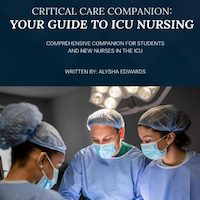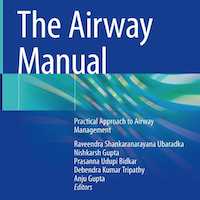Stories Category: Intensive Care
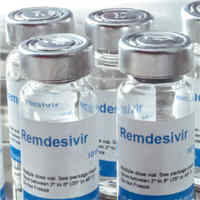
Remdesivir Treatment for Hospitalized COVID-19 Patients in Canada
Remdesivir, when compared with standard of care, has a modest but significant effect on outcomes important to patients and health systems, such as the need for mechanical ventilation. Across 52 Canadian hospitals, we randomized... read more
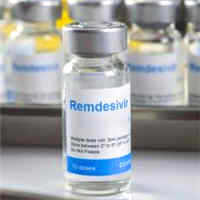
Study Supports Remdesivir Treatment for COVID-19 Patients on Low-Flow Oxygen or No Oxygen
Remdesivir treatment increased the likelihood of clinical improvement in COVID-19 patients on low-flow oxygen or no oxygen, according to a new study by the Johns Hopkins University School of Medicine, the Johns Hopkins Bloomberg... read more

How One Patient Was Treated for a Stroke Via Telemedicine
A patient believed to have suffered a stroke typically gets transported to the nearest emergency room for tests to determine the best course of action. Telemedicine at Johns Hopkins Medicine enabled one patient to have... read more
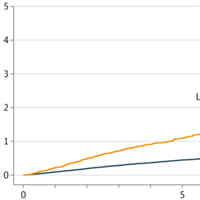
Long-Term Opioid Prescription Linked to Higher Risk of Hepatitis C
Exposure to long-term prescription opioid therapy was linked to a three times higher risk of HCV seroconversion compared to individuals who were prescription opioid-naïve or acute. Prescription opioid use is associated... read more
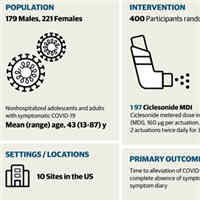
Efficacy of Inhaled Ciclesonide for Outpatient Treatment with Symptomatic COVID-19
The results of this randomized clinical trial demonstrated that ciclesonide did not achieve the primary efficacy end point of reduced time to alleviation of all COVID-19–related symptoms. A total of 413 participants... read more

1-year Mortality After COVID-19 ICU Admission
Severe acute respiratory syndrome coronavirus 2 (SARS-CoV-2) infection causes severe disease in some patients. Patients can experience severe disabilities after intensive care unit (ICU) admission due to coronavirus disease... read more
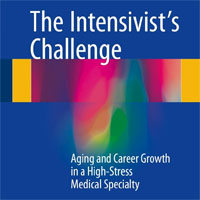
The Intensivist’s Challenge: Aging and Career Growth in a High-Stress Medical Specialty
This book brings together personal narratives from critical care medicine specialists around the world. Most of these physicians started in critical care at or before the exponential increase in technological modalities to... read more

Change in Out-of-Hospital 12-lead ECG Diagnostic Classification in Patients Resuscitated From OHCA
Change in 12-lead ECG classification from OH to ED setting in patients resuscitated from out-of-hospital cardiac arrest (OHCA) was common (49%). The OH STEMI classification changed to a less ischemic (non-STEMI) ED classification... read more
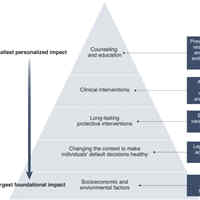
Post-acute Neurological Consequences of COVID-19
COVID-19 and its neurological consequences particularly burden marginalized communities, and so can only be effectively treated by advancing health equity. Our world has witnessed over 275 million confirmed cases of COVID-19... read more
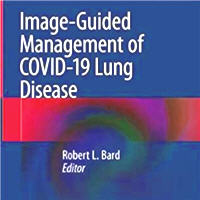
Image-Guided Management of COVID-19 Lung Disease
This book offers a detailed and up-to-date overview of image-guided diagnostics in COVID-19 lung disease. A range of image-guided CT and ultrasound procedures in different chest regions are described. For each procedure,... read more
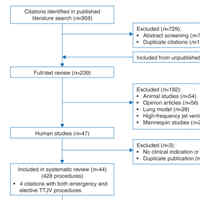
Transtracheal Jet Ventilation in the Can’t Intubate Can’t Oxygenate Emergency
Transtracheal jet ventilation (TTJV) is associated with a high risk of device failure and barotrauma in the CICO emergency. Guidelines and recommendations supporting the use of TTJV in CICO should be reconsidered. 44 studies... read more
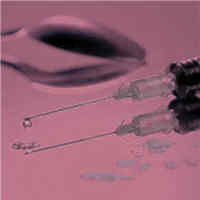
Epidemiology, Outcomes, and Trends of Patients with Sepsis and Opioid-Related Hospitalizations
Sepsis is an important cause of morbidity and mortality in patients with opioid-related hospitalizations, and opioid-related hospitalizations contribute disproportionately to sepsis-associated deaths among younger patients.... read more
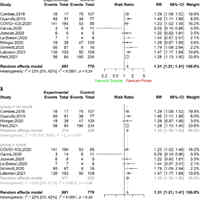
Prone Positioning Effect on Adult Patients Survival Receiving vvECMO for ARDS
This systematic review and meta-analysis of 13 studies (total N = 1836) showed that PP of acute respiratory distress syndrome (ARDS) patients receiving venovenous ECMO (vvECMO) was associated with a significant improvement... read more

A New Risk Assessment Model for Hospital-Acquired Venous Thromboembolism in Critically Ill Children
Using the multicenter Children’s Hospital-Acquired Thrombosis registry, we identified five independent risk factors for hospital-acquired venous thromboembolism in critically ill children, deriving a new hospital-acquired... read more
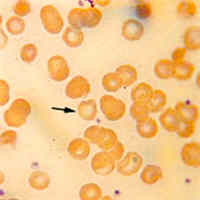
Saline vs. Balanced Crystalloid in Patients with Diabetic Ketoacidosis
In patients with diabetic ketoacidosis (DKA), the use of saline may be associated with longer time to DKA resolution, higher post-resuscitation serum chloride levels, lower post-resuscitation serum bicarbonate levels, and... read more

Immunological Dysfunction Persists for 8 months Following Initial Mild-to-Moderate COVID-19 Infection
A proportion of patients surviving acute coronavirus disease 2019 (COVID-19) infection develop post-acute COVID syndrome (long COVID (LC)) lasting longer than 12 weeks. Here, we studied individuals with LC compared to... read more
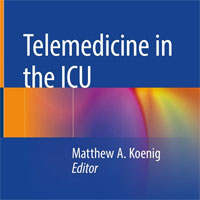
Telemedicine in the ICU
This text provides a concise, yet comprehensive overview of telemedicine in the ICU. The first part of the book reviews common issues faced by practitioners and hospital administrators in implementing and managing tele-ICU... read more


